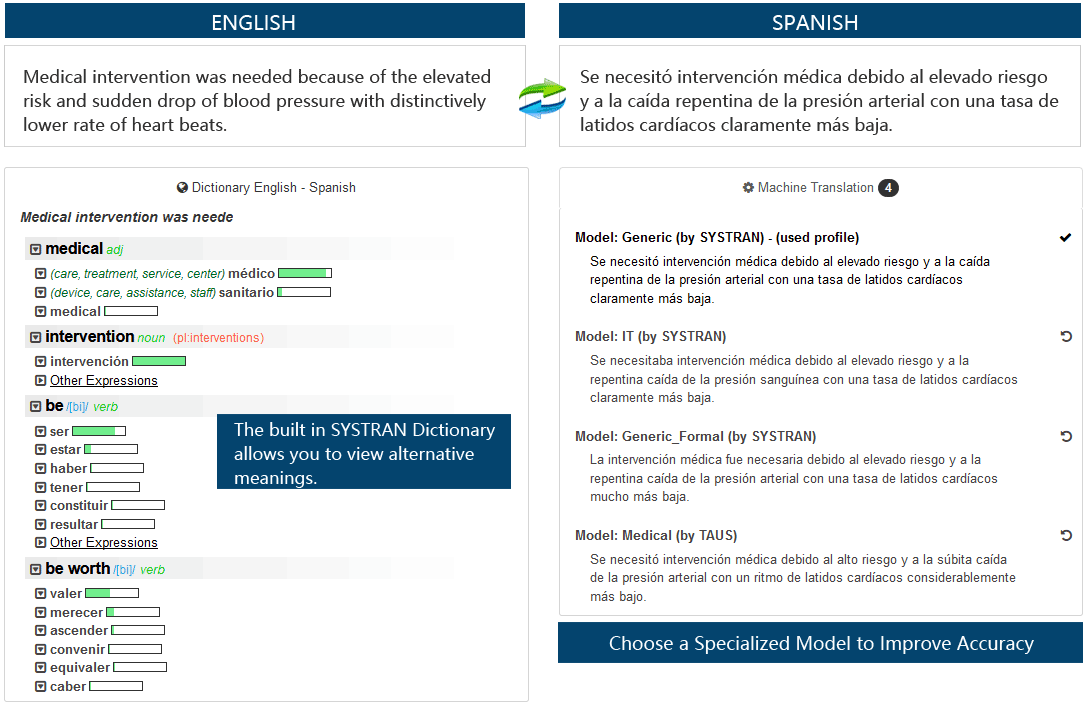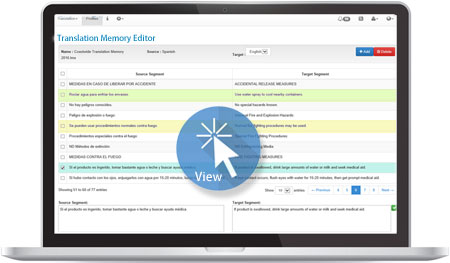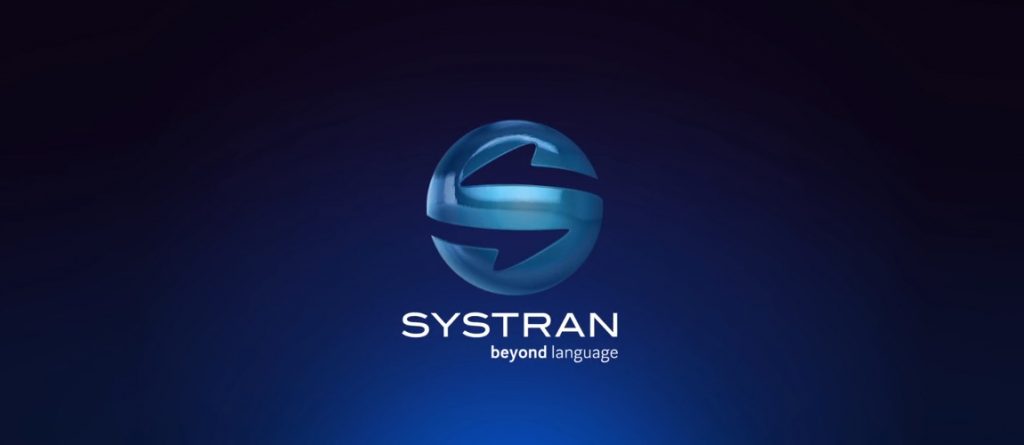

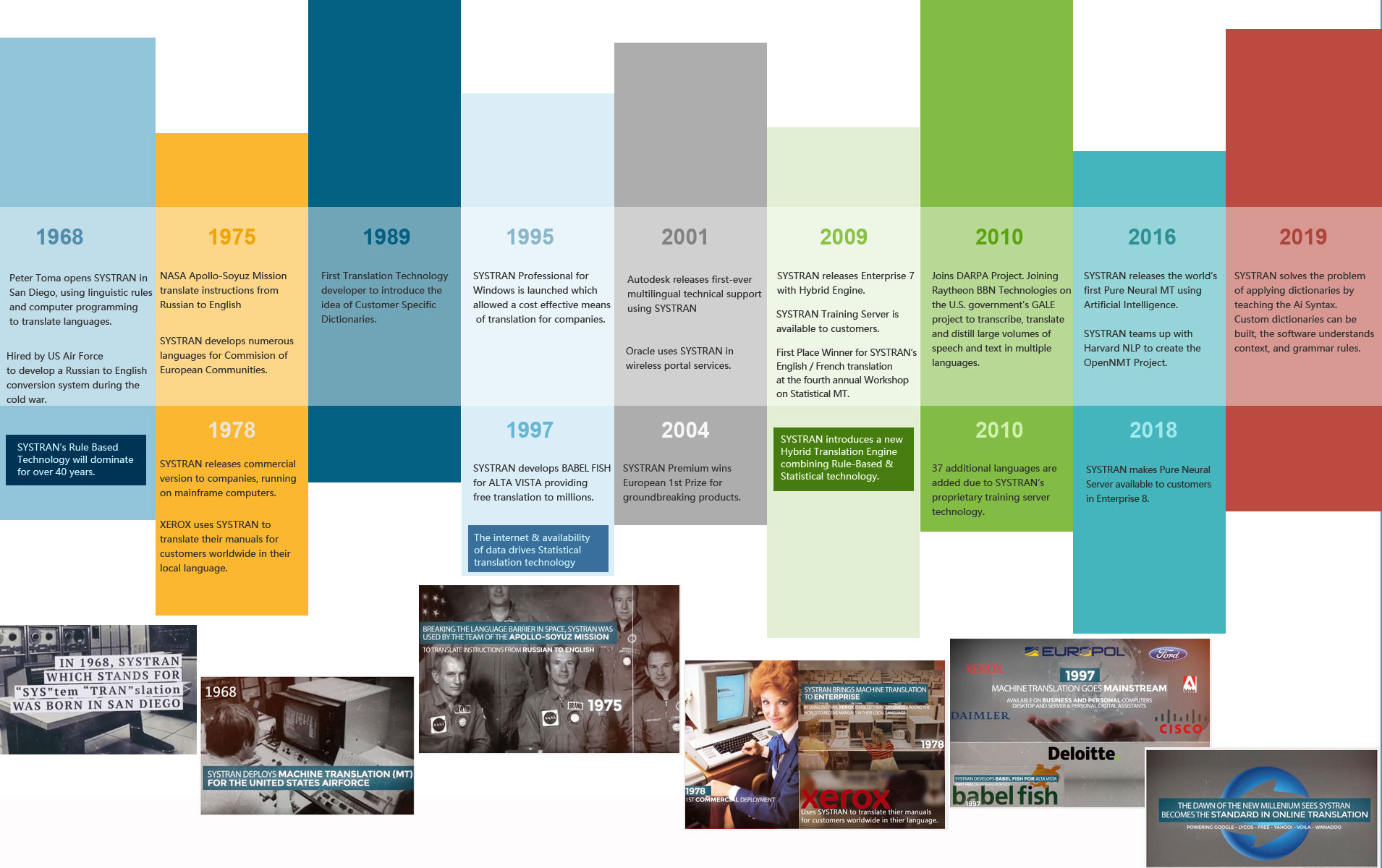
Just a few of the millions that use SYSTRAN Software
SYSTRAN has been the pioneer and proven leader in translation technology for over 50 years. It’s the professionals choice for translation software.

SYSTRAN Technology
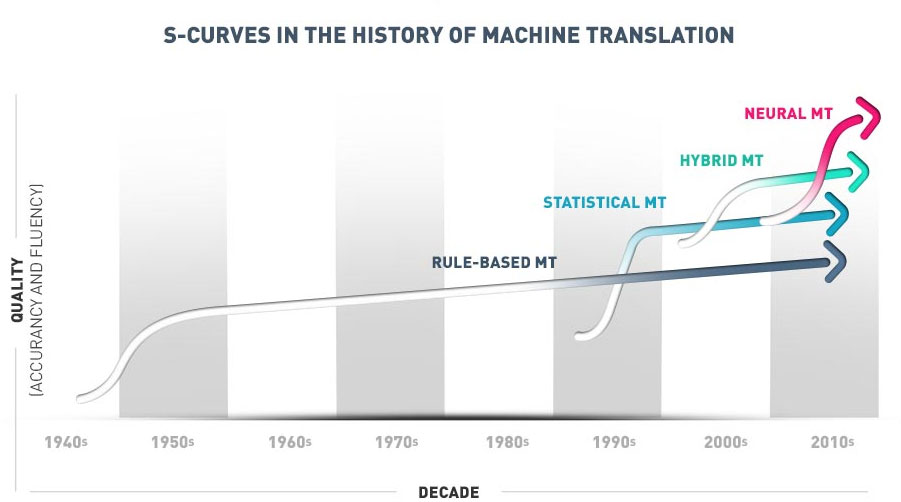
Machine Translation (MT) Technology over the Years
Rule-Based MT
RBMT uses built-in linguistic rules for each language and looks at the context of words and phrases to determine translation results.
Statistical MT
SMT utilizes large amounts of existing human translations in both the source and target languages, then looks for matching patterns.
Hybrid MT
Combination of Rule-Based and Statistical technologies provided an improvement in accuracy and slightly more fluid translations.
Neural MT
NMT uses artificial intelligence which results in accuracy levels that are much closer to humans in both accuracy and fluidity.
SYSTRAN's Advantage - Using 50 Years of Rule -Based and Statistical can be applied in the training process for AI
Why are Pure Neural MT™ Translations are more fluid?
Pure Neural MT™ (PMNT) is completely different from the previous generations of Machine Translation (translation software) technology.
Rule-Based approach, which relies on linguistic rules and the Statistical Machine Translation approach, which is based on matching sentence fragments from a database of pre-translated phrases.
Pure Neural® actually uses artificial intelligence to mimic how a human learns to translate. Plus the Pure Neural engine acquires a lot of knowledge from various data sources that none of the previous technologies were able to capture automatically, such as semantics, stylistics, gender or positive/negative words.
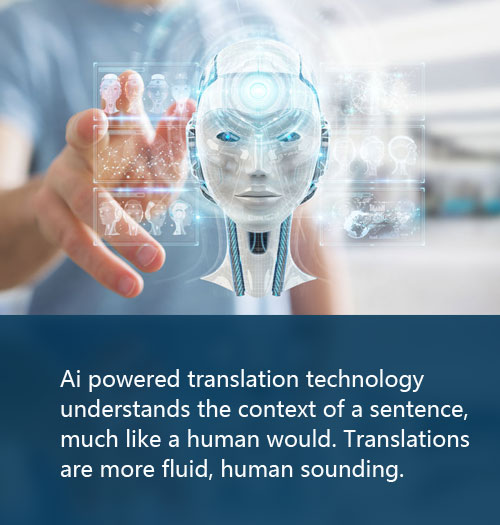

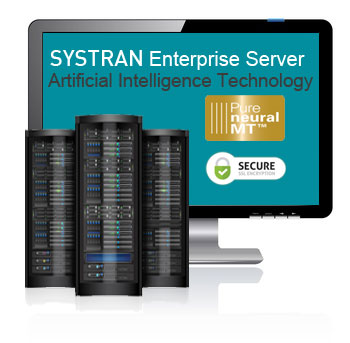
SYSTRAN Pure Neural Server (SPNS)
License: On Premise or Hosted Cloud
- Installs on your Server
- No Internet Required
- Ai Translation Technology
- Side by Side Review Tools
- Higher Accuracy - Closer to Human
- Speech Translation
- Choose from 140 Language Pairs
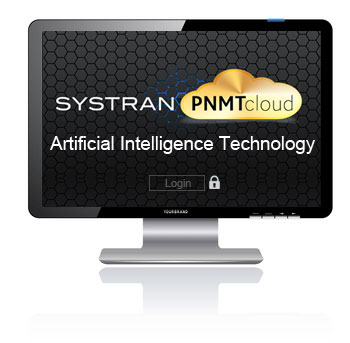
SYSTRAN Translate Pro Cloud
License: Cloud Subscription Mo/Yr
- Translate in the Cloud
- Private Secure Server
- Ai Translation Technology
- Side by Side Review Tools
- Higher Accuracy - Closer to human
- Speech Translation
- Includes 10 Language Pairs
How Much Accuracy Do you Need?
Gisting / Understand
Very Close to Human
Human Quality / Publishable

Higher Accuracy with Ai Specialized Models
The PNMT™ engine is trained on generic data. Just like a human translator would learn to specialize in a specific industry, the translation engine can be taught to learn the terminology by creating a specialized model that was created by using bilingual data.
With specialization, the potential of PNMT™ is highly enhanced, giving you close to human fluency and adapted to the specific contexts of each customer, ranging from the legal and automotive industry to IT, banking, travel, medical and more.
SYSTRAN Marketplace / In-Domain Specialized Models
Translation Models made by language experts
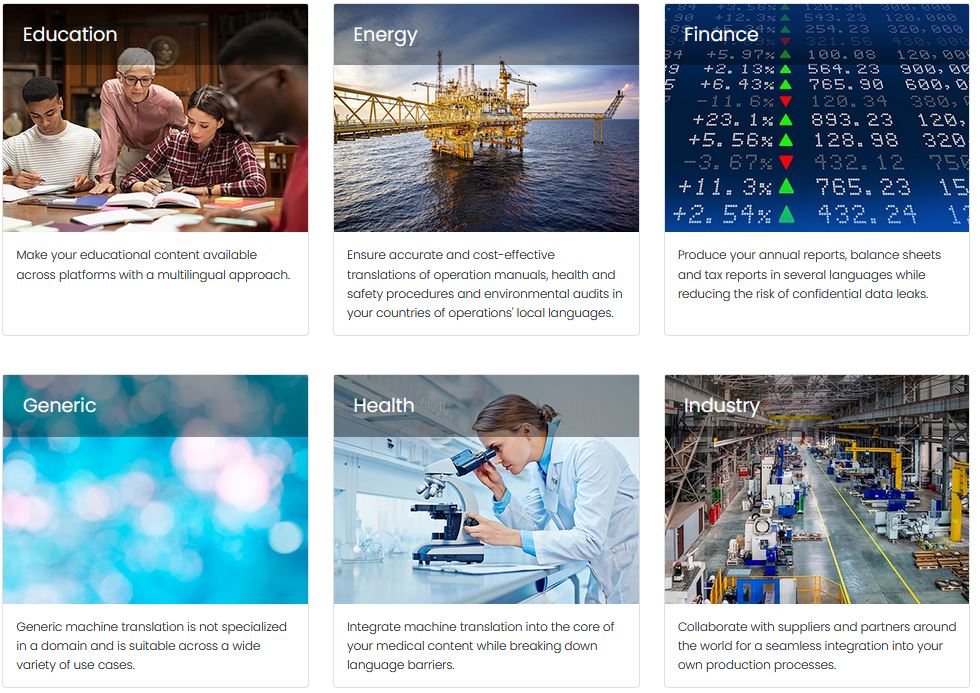

Translation Models
How Can Accuracy Be Improved
Build Additional Dictionaries
Being able to build additional dictionaries has always been one of the advantages of using SYSTRAN technology. Users don’t have to be linguists to create dictionaries, the coding engine handles everything and does the work for you.
SYSTRAN PNMT engines have been trained with User Dictionaries so that when it encounters a match in a translation task, it knows how to handle it properly. During the training process, SYSTRAN has taught their neural networks about morphology, part of speech tagging and syntactic analysis. The technology is powerful and goes beyond a simple find and replace.
- Inflect words (morphology support: masculine, feminine, singular, plural, verb tenses, etc.)
- Determine the correct part of speech (homograph support: for our purposes this is a word with more than one part of speech)
- Select the proper determiner or the appropriate agreement between a noun and its modifying adjective or a verb and its subject
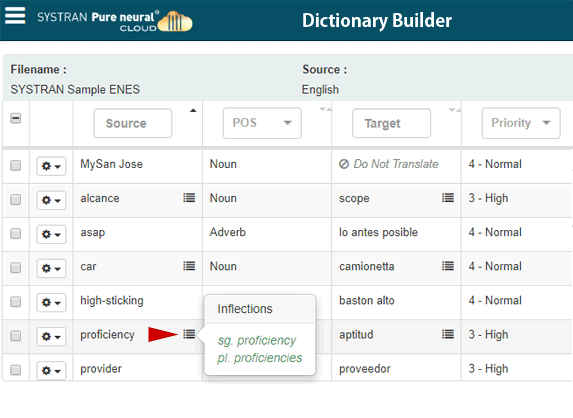
- Other NMT custom dictionaries only perform a simple find and replace for words, there is no context.
- SYSTRAN PNMT custom dictionaries automatically handle inflection, gender, pluralization and more.
Translation Memory Tools
For translation professionals the translation memory is one of the most important tools and SYSTRAN has many different options / features depending upon the package purchased.
Our Translation Memories (TMs) will provide you with the ability to store your pre-translated paired sentences and will auto suggest the identical, similar matches or fuzzy matches in your current document.
During the review process, sentences you have edited can be marked as validated and easily exported with one click to your TM.
Easily import/export your dictionaries or merge dictionaries. Full TMX file format support.
Custom Built Specialized Model
Industry Specific Data for Model Training
The PNMT™ engine is trained on generic data. Just like a human translator would learn to specialize in a specific industry, the translation engine can be taught to learn the terminology by creating a specialized model that was created by using bilingual data.
With specialization, the potential of PNMT™ is highly enhanced, giving you close to human fluency and adapted to the specific contexts of each customer, ranging from the legal and automotive industry to IT, banking, travel, medical and more.
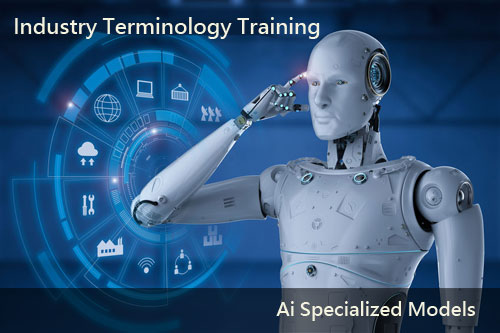
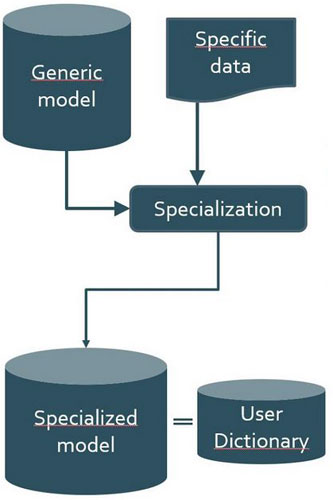
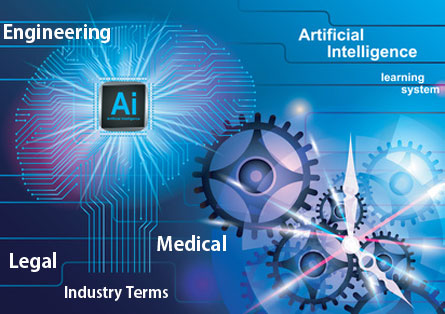
Specialized Model Cost/Availablity
SYSTRAN Services
$$$ + Requires Data
Customer’s Translator
$$ + Requires Data
SYSTRAN Marketplace
$ Existing Models for Purchase
SYSTRAN Tools to Create Specialized Models
Intellectual property of the model remains yours.
“Generic” translation is available on all online tools and offers a quality that fits well in a general context. However it does not entirely meet the needs of professionals who are looking for a translation that is specific to their industry and business jargon.
This translation customization is now facilitated by the learning capacity of neural translation engines. But this learning requires human expertise: training a neural engine is not a simple task. It requires a mastery of language and field of work. With In-domain translation models, SYSTRAN Marketplace aims to propose Financial, Medical, Legal or Automotive translation models, and so much more, in any language.
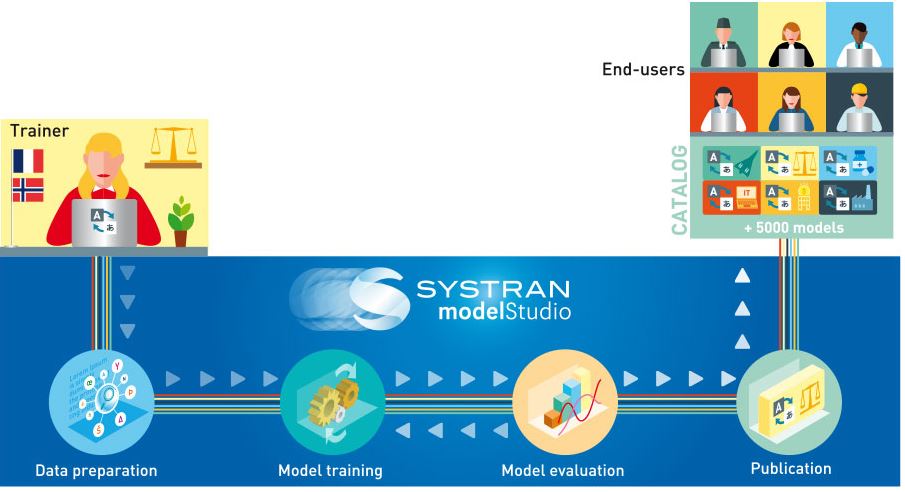
Step 1
Data Prepartion
Translator / Trainer starts by using your existing Translation Memory and upload your bilingual or monolingual in-domain corpus: a Spanish-English legal corpus for example and make it ready for model training. Your data remains entirely secured during the entire training process and not used for other purposes than your own model training.
Step 2
Model Training
Building a translation model from scratch is an arduous task. Select within SYSTRAN’s large translation model catalog the model that you want to bring to the next level and start feeding it with your domain specific data. By specializing an already trained model, you will benefit from embedded UD Sampling, Augmentation, Filtering, Noising and Tokenization.
Step 3
Model Evaluation
Evaluate your model evolution at each training iteration with SYSTRAN model scoring module. With SYSTRAN model studio, compare BLEU score evolution of your models on more than 50 test files selected by SYSTRAN and categorized by domains. You can also add your own test set to check model’s progress on your very specific domain.
Step 4
Model Publication
Once your model is ready, publish it to the SYSTRAN translation model catalog in our marketplace. Our worldwide community of professional end-users will be able to test your model and purchase it. Or you can choose to publish your model privately if you aim to build it for a client. Intellectual property of the model remains yours.
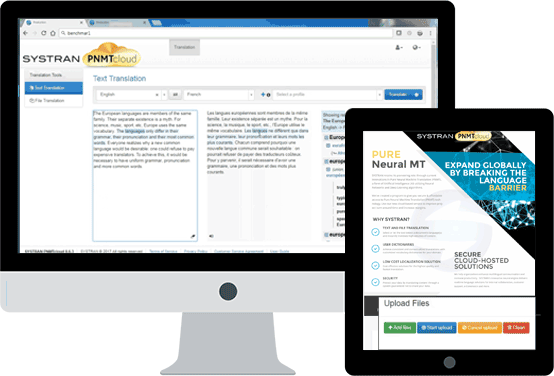
SYSTRAN supplies the computing resources & tools
AI behind translation model training needs significant computing resources (GPUs) to operate. Because infrastructure shouldn’t be your area of focus, SYSTRAN is providing you with the right computing resources to give you the best technical environment. And because we care about the environment, we chose to partner with OVH, European leader of cloud solutions and “green” hosting provider.
